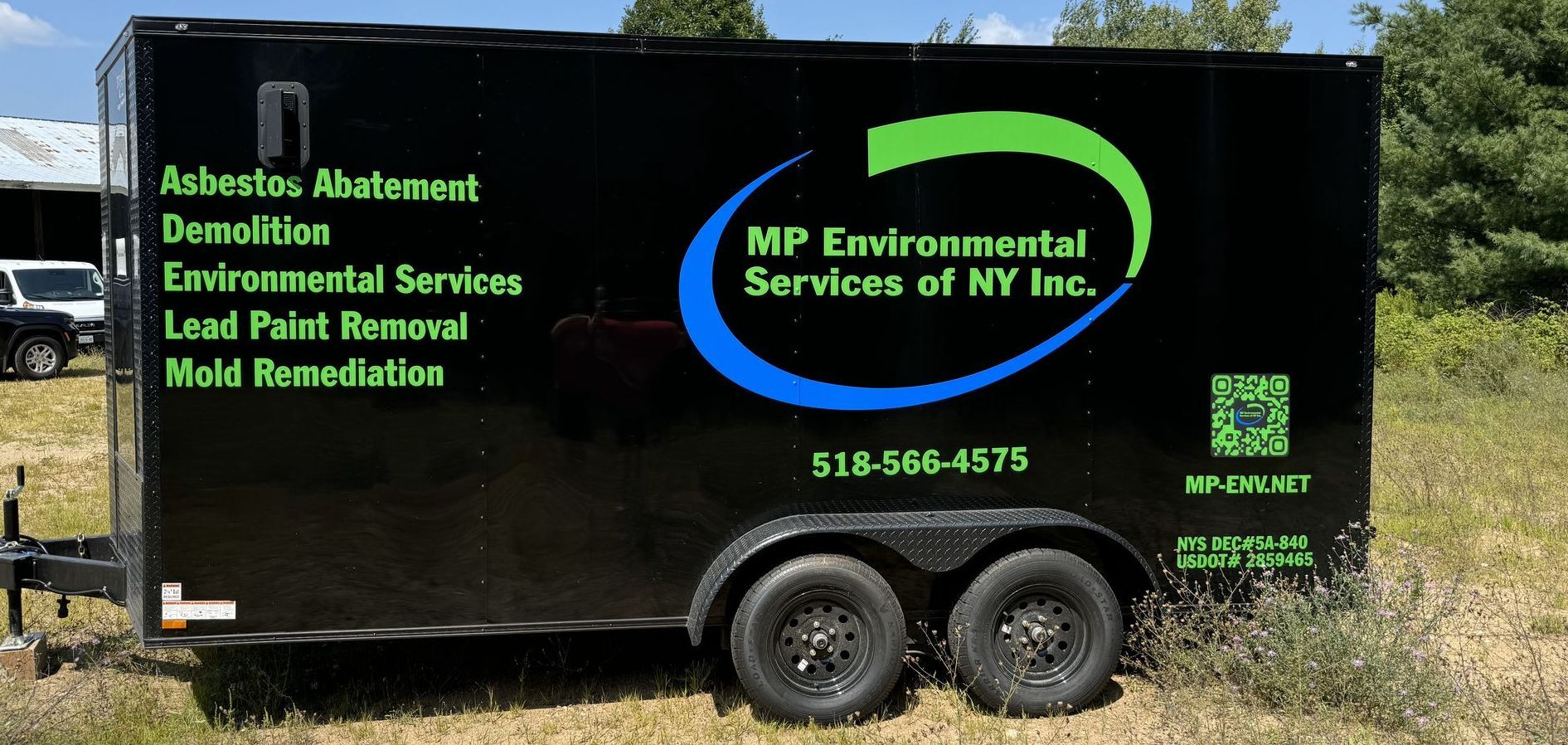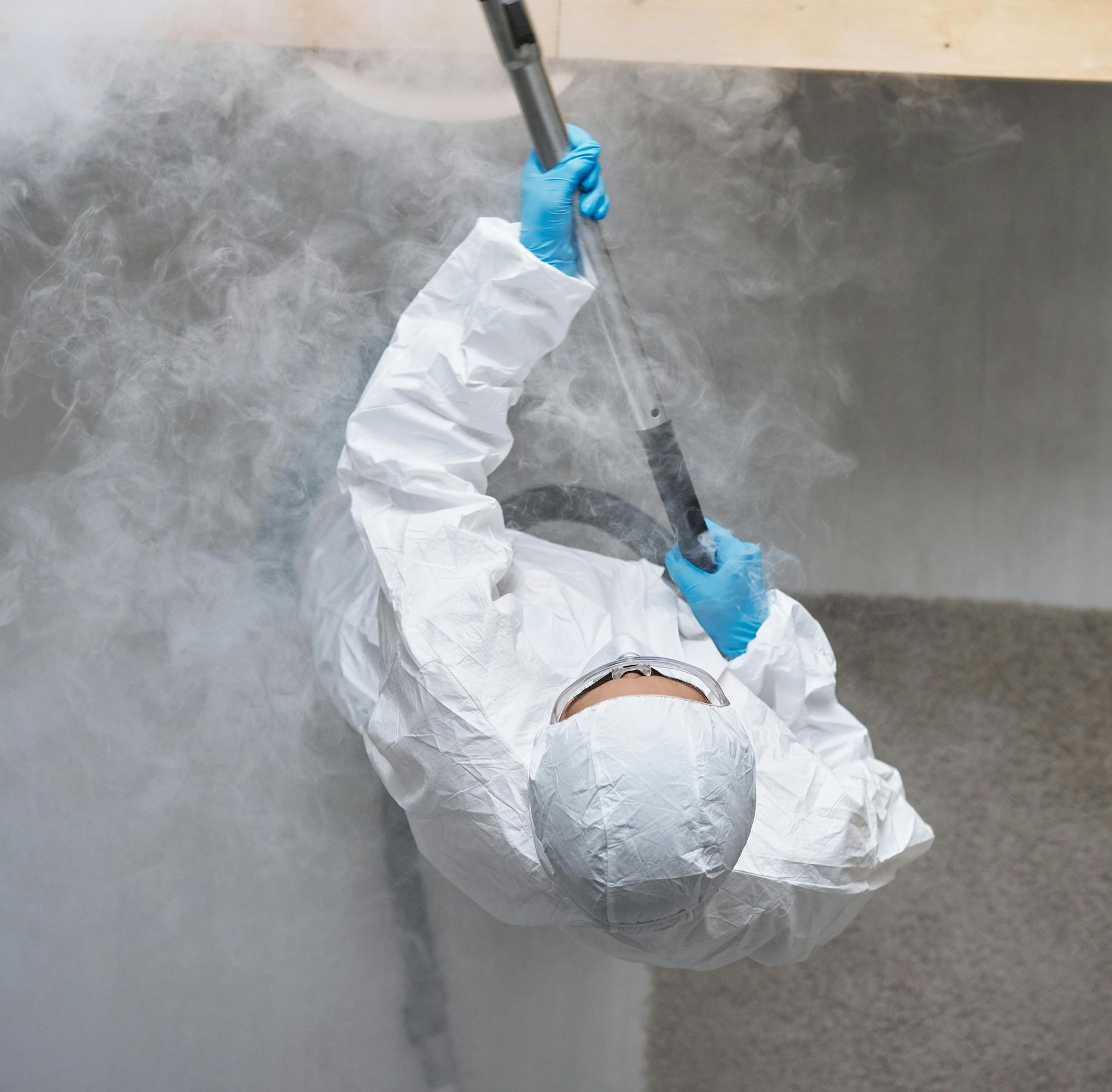Asbestos Abatement vs. Encapsulation: Which one is right for you?

Renovating With Asbestos
If you're managing or developing a commercial property built before the 1980s, there's a good chance you've heard about the risks of asbestos. What many property owners don’t know is that there’s more than one way to deal with it—and choosing the wrong method could cost you, both in terms of safety and compliance.
At MP Environmental, we help businesses throughout Plattsburgh and the greater Northeast region understand their options. Today, we're breaking down two core asbestos remediation strategies: abatement and encapsulation. What’s the difference—and how do you know which one is right for your building?

First, Why Is Asbestos Still a Problem?
Asbestos was commonly used in insulation, floor tiles, roofing materials, and other construction components for decades. Once disturbed, asbestos fibers become airborne and can cause serious respiratory illnesses, including mesothelioma and lung cancer.
Even though asbestos is no longer used in new construction, it's still present in countless commercial buildings—especially in aging schools, office complexes, warehouses, and factories. If you're renovating, expanding, or even just performing maintenance, you’re legally obligated to deal with it safely.
Option 1: Asbestos Abatement
Abatement means total removal of asbestos-containing materials (ACMs) from a building. It’s a permanent solution that eliminates future risk—ideal when:
- You’re planning renovations or demolition that will disturb the material
- The asbestos is already damaged or deteriorating
- Long-term liability and safety are top priorities
Pros:
✅ Permanent removal of hazard
✅ Ensures full regulatory compliance
✅ Reduces long-term risk and future costs
Cons:
⚠️ Higher up-front expense
⚠️ Requires full containment and possibly temporary closure of part—or all of the building
⚠️ Generates hazardous waste that must be properly disposed of
Option 2: Asbestos Encapsulation
Encapsulation involves sealing the asbestos material with a specialized coating that prevents fibers from becoming airborne. It's often used when:
- The asbestos-containing material is intact and undisturbed
- Budget or structural limitations make full removal difficult
- You need a faster, less disruptive solution
Pros:
✅ Lower cost than abatement
✅ Faster turnaround and minimal disruption to operations
✅ Safe when properly maintained
Cons:
⚠️ Asbestos remains in the building
⚠️ Requires ongoing monitoring and potential re-encapsulation in the future
⚠️ May not be permitted for all projects, especially those involving renovations
So,Which One Is Right for You?
There’s no one-size-fits-all answer. The best approach depends on several factors, including:
- The condition of the asbestos
- Your long-term plans for the property
- Budget and timeline
- Local and federal compliance requirements
At MP Environmental, our licensed asbestos professionals start with a thorough inspection and risk assessment. From there, we help you develop a plan that aligns with your goals, your timeline, and the safety of your building occupants.
The Bottom Line: Don’t Guess, Get a Professional Opinion
Whether you’re maintaining an older building or planning a major renovation, dealing with asbestos is about more than just meeting regulations. It’s about protecting your people, your property, and your peace of mind.
Have questions about asbestos in your facility? Contact MP Environmental today for a consultation—we’ll help you choose the right path forward.
Did You Know?
New York State law requires commercial property owners to perform an asbestos survey before any renovation or demolition. Failing to do so can result in serious fines, even if no asbestos is ultimately found.






